Category: Narrative
-
#74. Unidentified Narrative
Page under construction Lorem ipsum dolor sit amet, consectetur adipiscing elit, sed do eiusmod tempor incididunt ut labore et dolore magna aliqua. Commodo nulla facilisi nullam vehicula ipsum a arcu cursus vitae. Nunc lobortis mattis aliquam faucibus. Cras tincidunt lobortis feugiat vivamus at augue eget arcu. Phasellus egestas tellus rutrum tellus pellentesque eu. Feugiat in…
-
Cave 1, Narrative Paintings: Select Bibliography
Page under construction Lorem ipsum dolor sit amet, consectetur adipiscing elit, sed do eiusmod tempor incididunt ut labore et dolore magna aliqua. Commodo nulla facilisi nullam vehicula ipsum a arcu cursus vitae. Nunc lobortis mattis aliquam faucibus. Cras tincidunt lobortis feugiat vivamus at augue eget arcu. Phasellus egestas tellus rutrum tellus pellentesque eu. Feugiat in…
-
Ajanta Cave 1: narrative paintings
1. Shrine Antechamber Mahapratiharya, right wall 2. Hall Sudhana, front-left corner Mahasudarshana, front-wall Janaka, left wall Kalyankarin, left wall Sibi Kapota, front wall Udrayana, front wall Maitribala, right wall Prabhasa, right wall Sankhapala/Janaka, left wall Champaka, rear wall Sumagadha, real wall Mahosadha, rear wall Nagakumara, right wall Related Images:
-
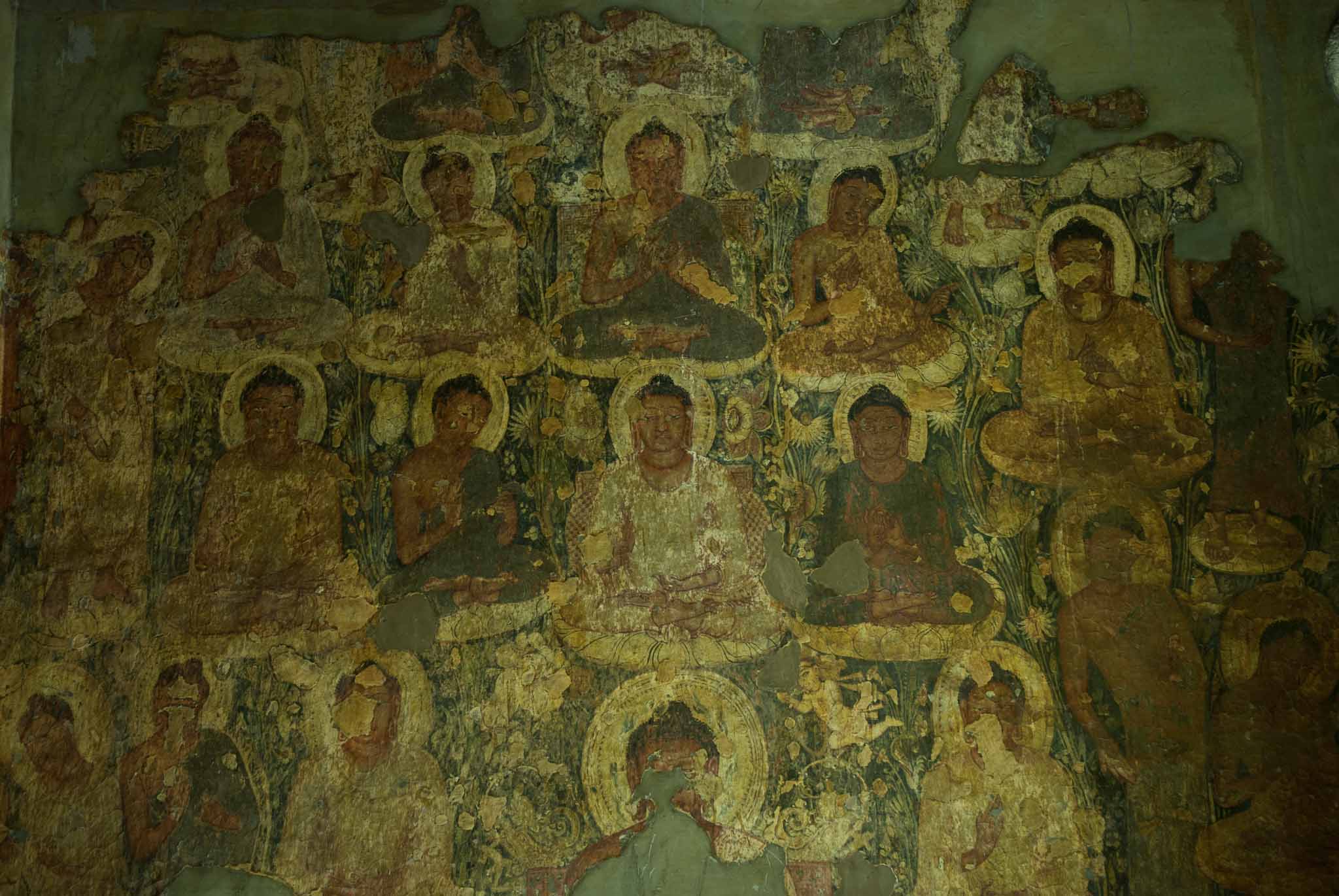
#88. Mahāprātihārya
Cave No. 1 Identification: Foucher (1921, narrative no. 57). The legend is from the life of the Buddha.—There were six ascetics, who misled the followers of the Buddha when he preached about the path to salvation. They wanted to challenge the Buddha’s spiritual power in a contest. They sought King Bimbisāra’s endorsement, which was not…
-
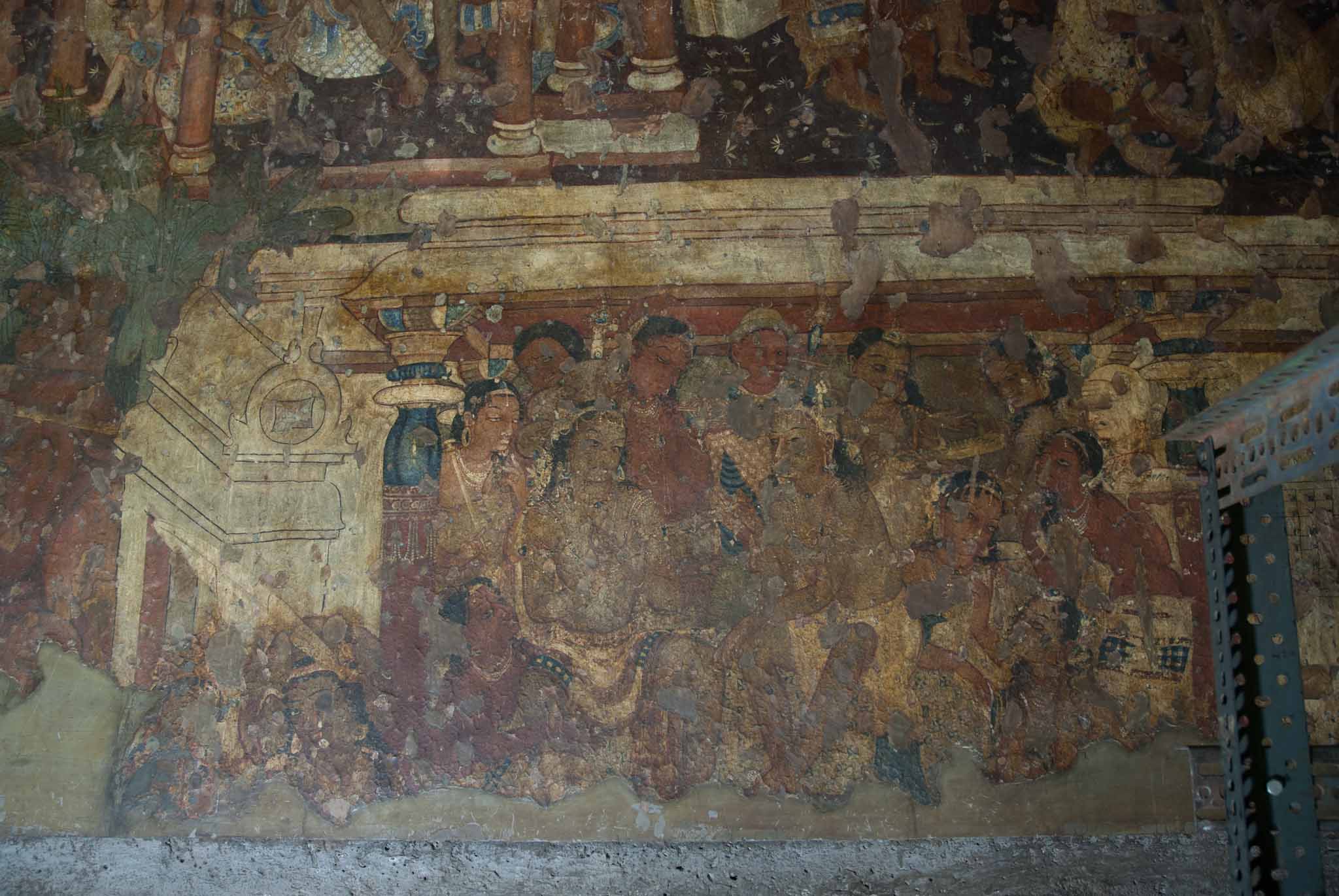
#60. Campaka
Cave No. 1 Identification: Foucher (1921, narrative no. 2).—The miffed wife of a nāga (serpent) king went to a royal court to complain that a hunter had caught her husband just so that he could put up his catch for display and earn some cheap brownie points. So far, the nāga king had been leading…
-
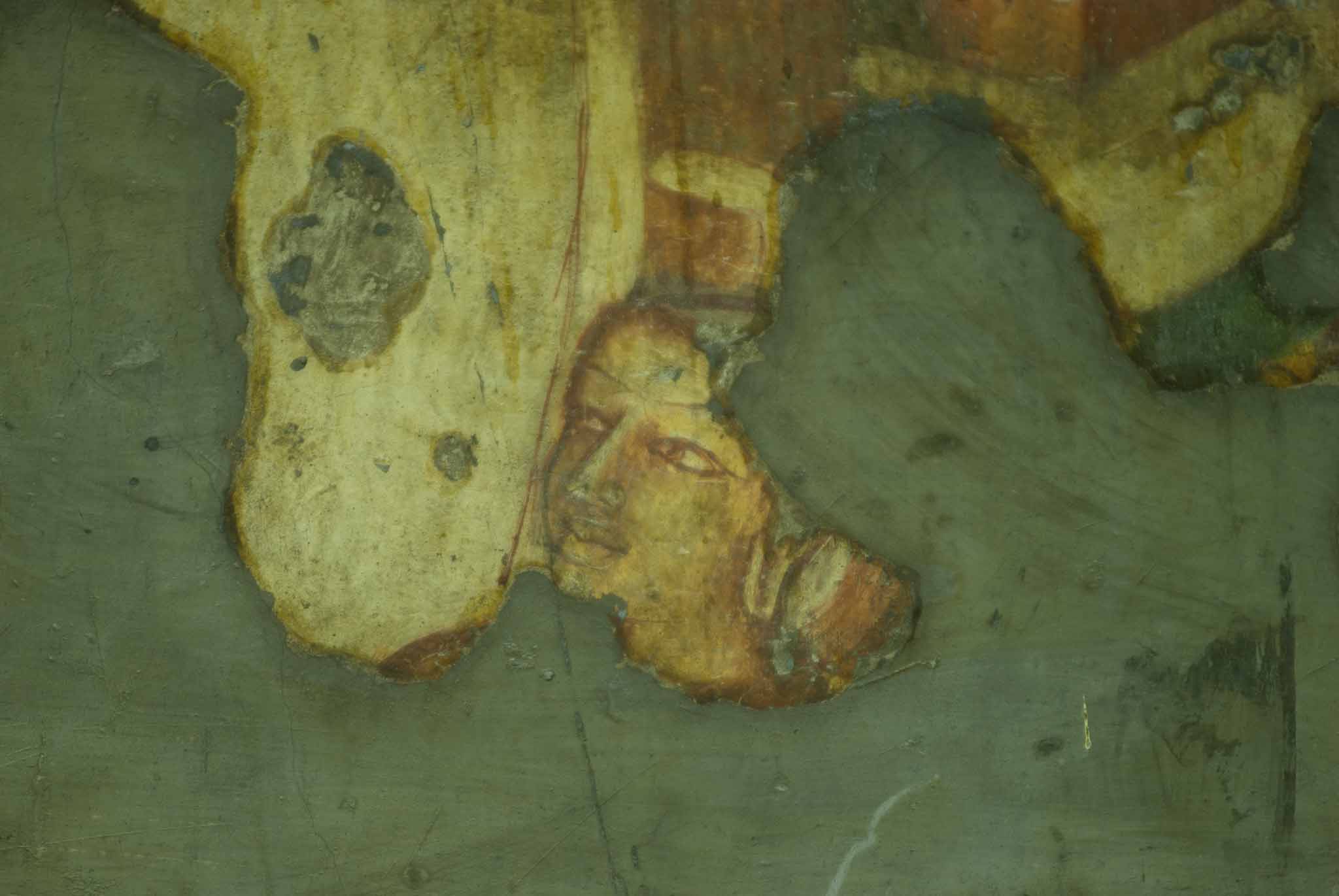
#76. Nāgakumāra
Cave No. 1 Identification: Schlingloff (1977b, p. 913–917)In a previous age when a Buddha named Kāśyapa was living, a nāga (serpent) prince died in the claws of a garuḍa (eagle). Before his death, he saw some monks meditating in the hills and wished to become a monk in his next life. He was reborn as…
-
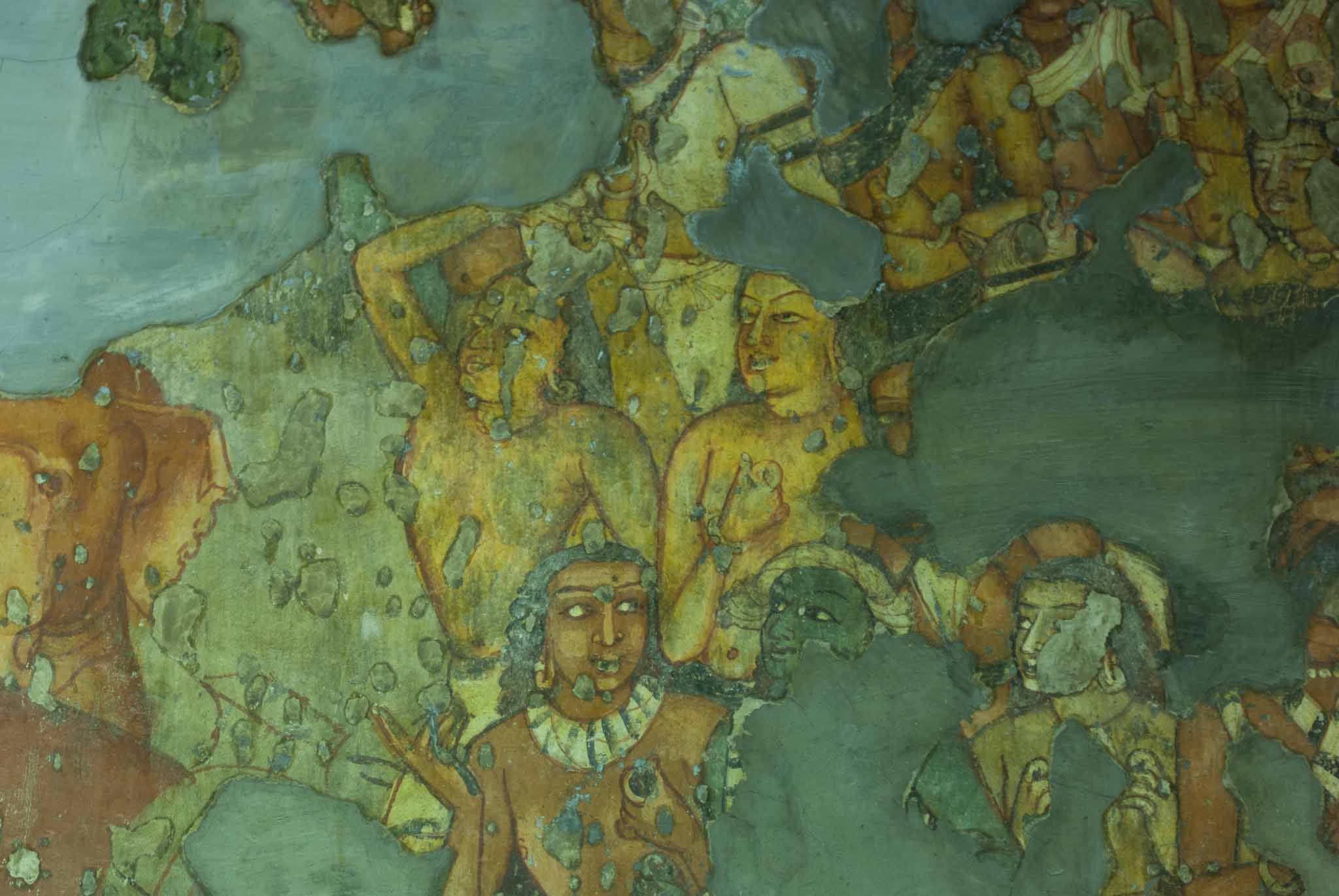
#53. Prabhāsa
Cave No. 1 Identification: Schlingloff (1977c, p. 152).— King Prabhāsa caught an elephant. He trained the animal and decided to take him out for a walk one fine day. The elephant sniffed out the odour of a female elephant, it being the mating season, and was immediately aroused. In the flurry of jumbo activity that…
-

#80. Māravijaya
Ajanta Cave 1. The narrative was identified by Griffiths (Burgess 1879, 14). The legend is from the life of the Buddha.—Indra, disguised as a grass-cutter, offered a bundle of straw to the Bodhisattva who had reached the stage just before the enlightenment. The Buddha first sat in the vajrāsana posture (vajrāsanam abhiruhya or Diamond Seat),…
-

#38. Mahoṣadha
Ajanta cave 1 The narrative was identified by Goloubew (1927, 16). A prince was banished from his kingdom due to a court intrigue. He managed to reach Videha, his uncle’s kingdom. Shortly, the uncle died. So, the prince was crowned as the king of Videha. He found that there were six very corrupt ministers. So,…
-
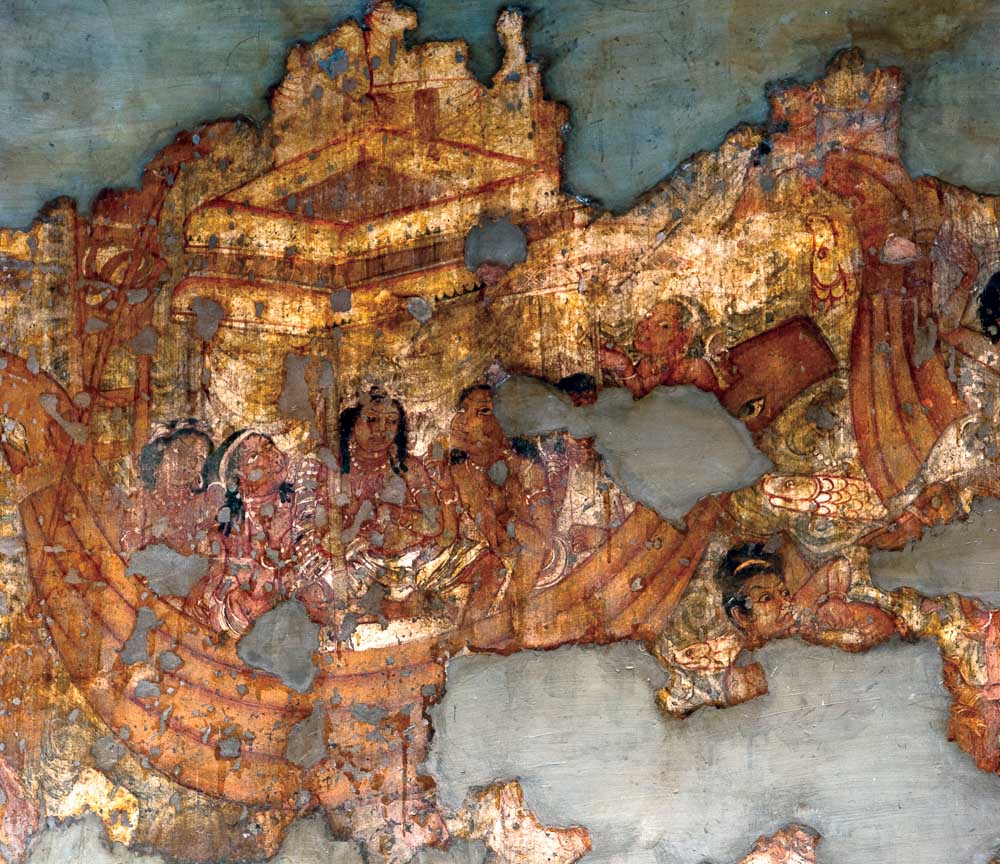
#41. Kalyāṇakārin
Ajanta Cave 1 The narrative was identified by Schlingloff (1976, 5–16). Two princes, Kalyāṇakārin (‘Doing Good’) and Pāpakārin (‘Doing Evil’), bore the characteristics of their names. Once, Kalyāṇakārin, accompanied by Pāpakārin, embarked on a sea voyage in search of wealth as endless charity had emptied out the royal coffers. During their voyage, Kalyāṇakārin found a…
